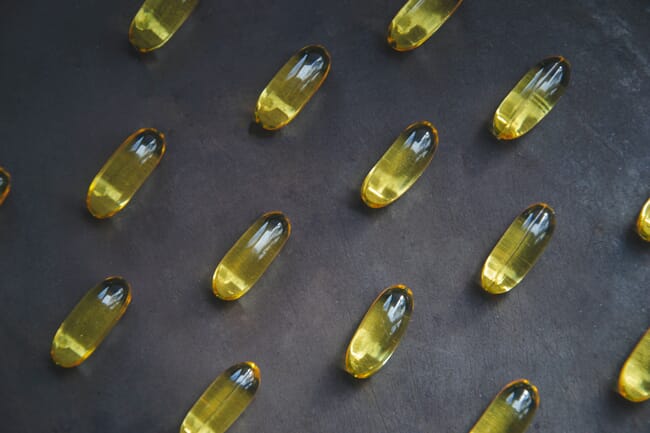
© Iryna Marienko
At present, the primary sources of essential fatty acids EPA and DHA are ocean-caught fish, with omega-3 oil from anchovies being the industry benchmark.
However, Yield10 Bioscience has recently filed a request for a regulatory status review (RSR) with USDA-APHIS biotechnology regulatory services for genetically modified Camelina sativa varieties designed to produce seed oil containing both these essential omega-3 fatty acids.
The strain of camelina developed by Yield10 produces oil containing approximately 10 percent EPA and 10 percent DHA, closely resembling the omega-3 EPA/DHA fatty acid profile of northern hemisphere fish oil. Yield10 states it is planning to conduct field work with the omega-3 camelina with the goal to begin the ramp-up of seed inventory for future planting. They also aim to produce omega-3 oil for use in business development activities.
"Based on the scientific work published by the Rothamsted Institute, including salmon feeding and human clinical trials, we believe the camelina omega-3 technology represents an ideal platform for the sustainable, land-based production of high value, omega-3 oils to address the significant potential opportunity in the global aquafeed and human nutrition markets,” said Dr Kristi Snell, chief science officer of Yield10 Bioscience, in a press release.
Snell continued by stating: “We believe camelina-based production of omega-3 oil is a promising solution to address the ongoing shortfalls in supply of omega-3 oil from fish oil and sustainably meet the projected increase in global demand for omega-3 oil in the years to come.”
Yield10 have already planted an EPA omega-3 rich camelina at acre-scale in Chile. Following EPA Camelina, Yield10 is now aiming to scale up an omega-3 camelina line to produce oil containing both EPA and DHA fatty acids.
This line has been tested by Rothamsted and published aquafeed studies have shown that the camelina oil produced has the potential to serve as a drop-in replacement for fish oil.




